site search
online catalog
IDENTIFIED CONFEDERATE "TAIT TYPE" JACKET
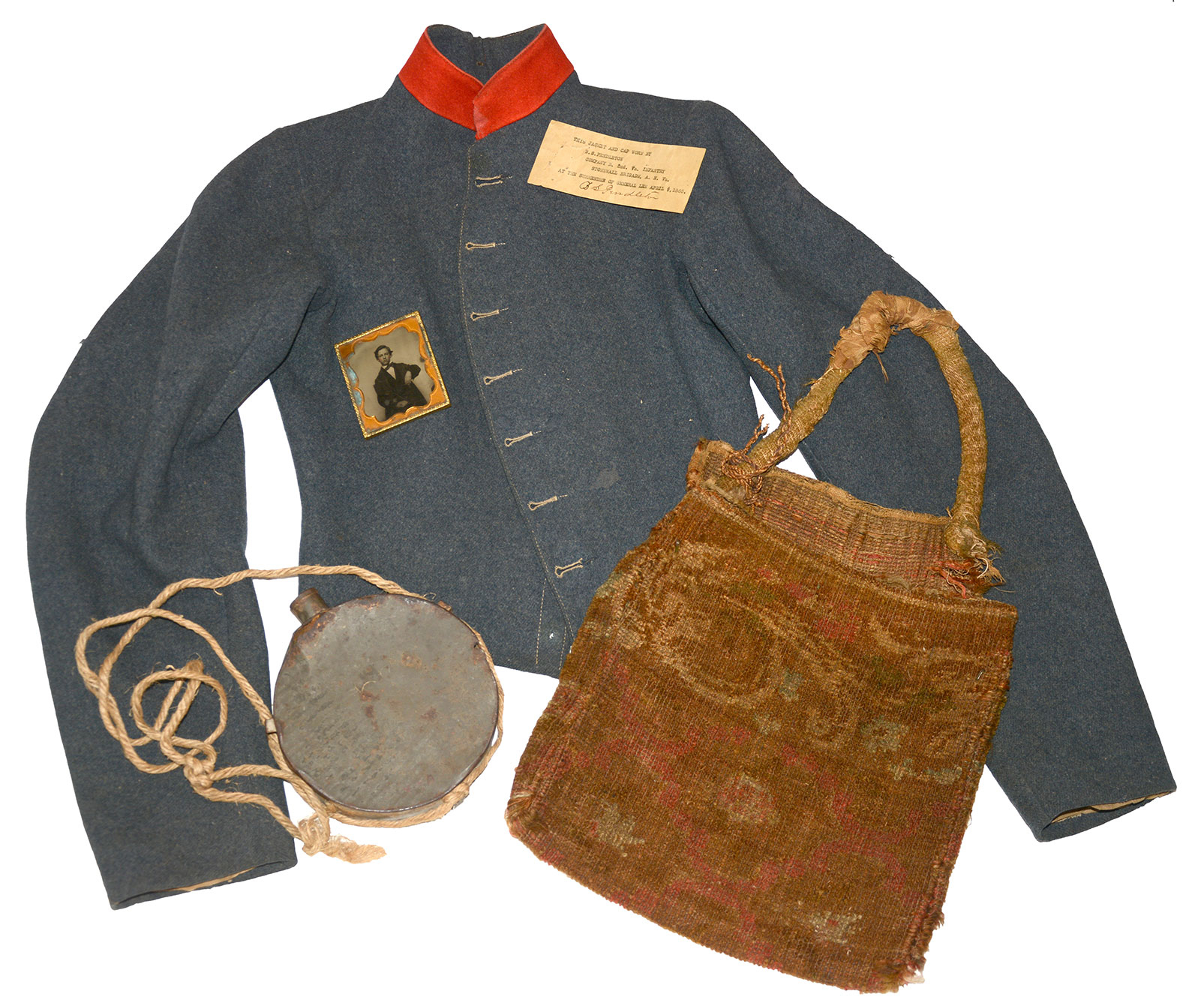
Hover to zoom

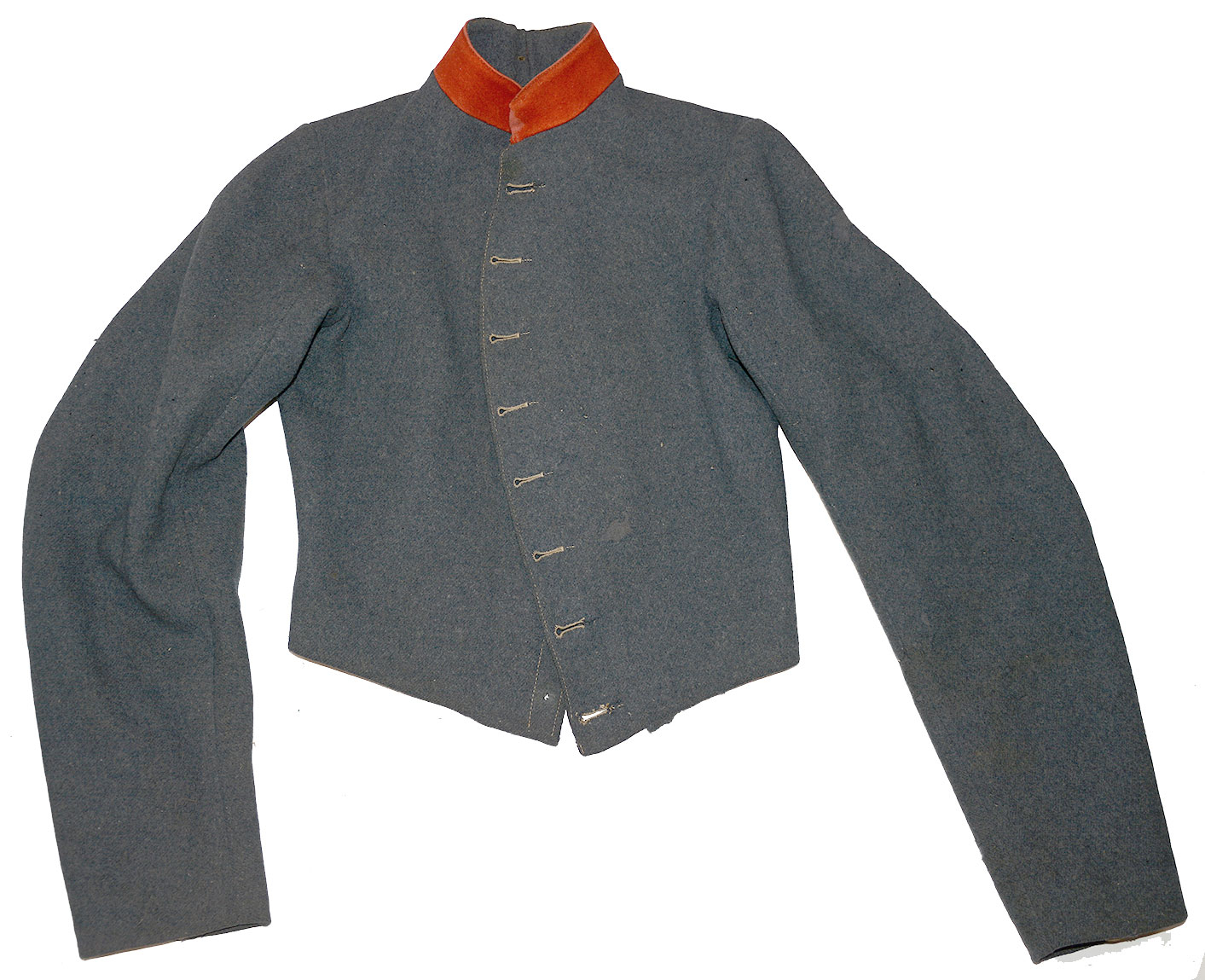
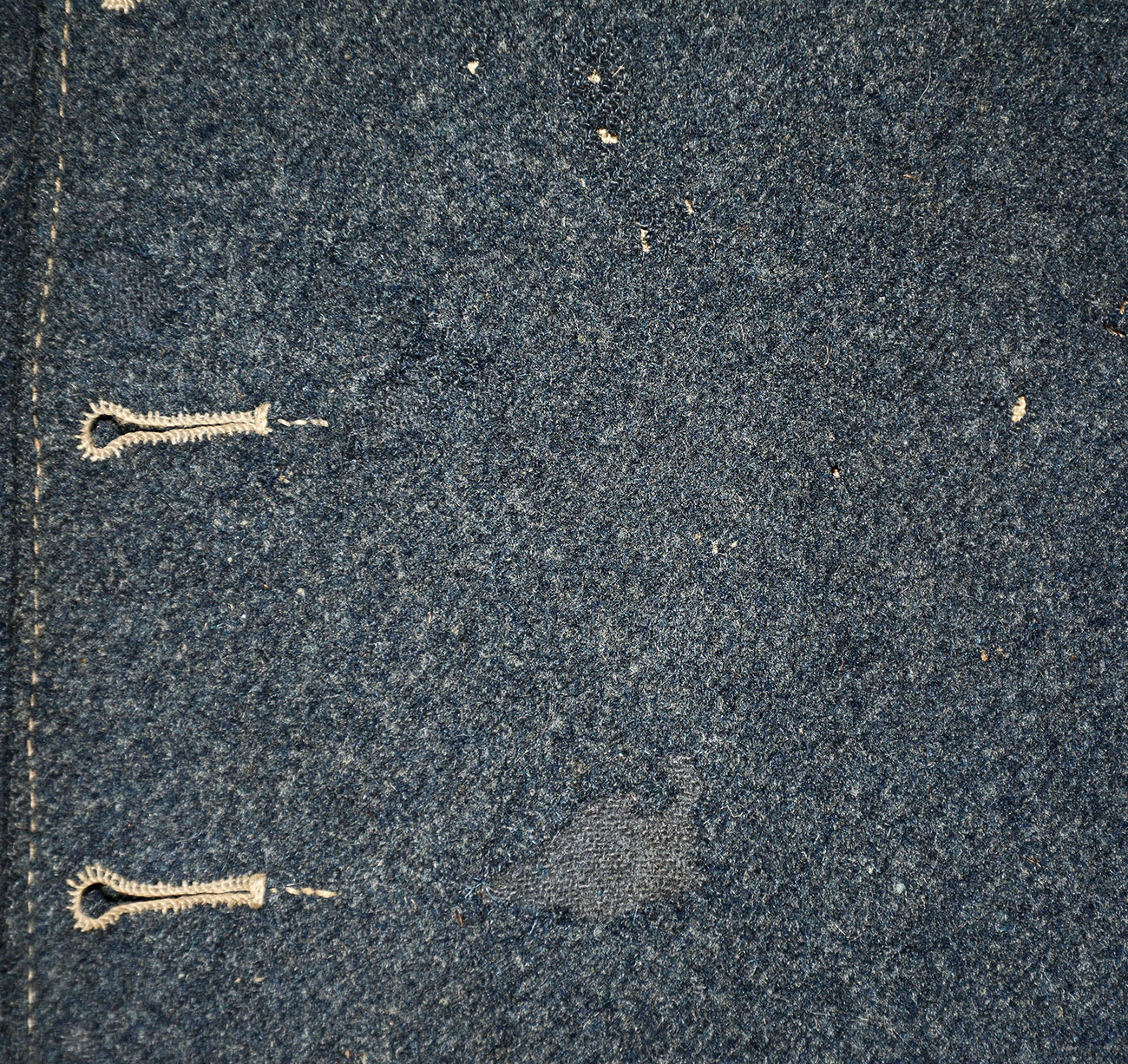

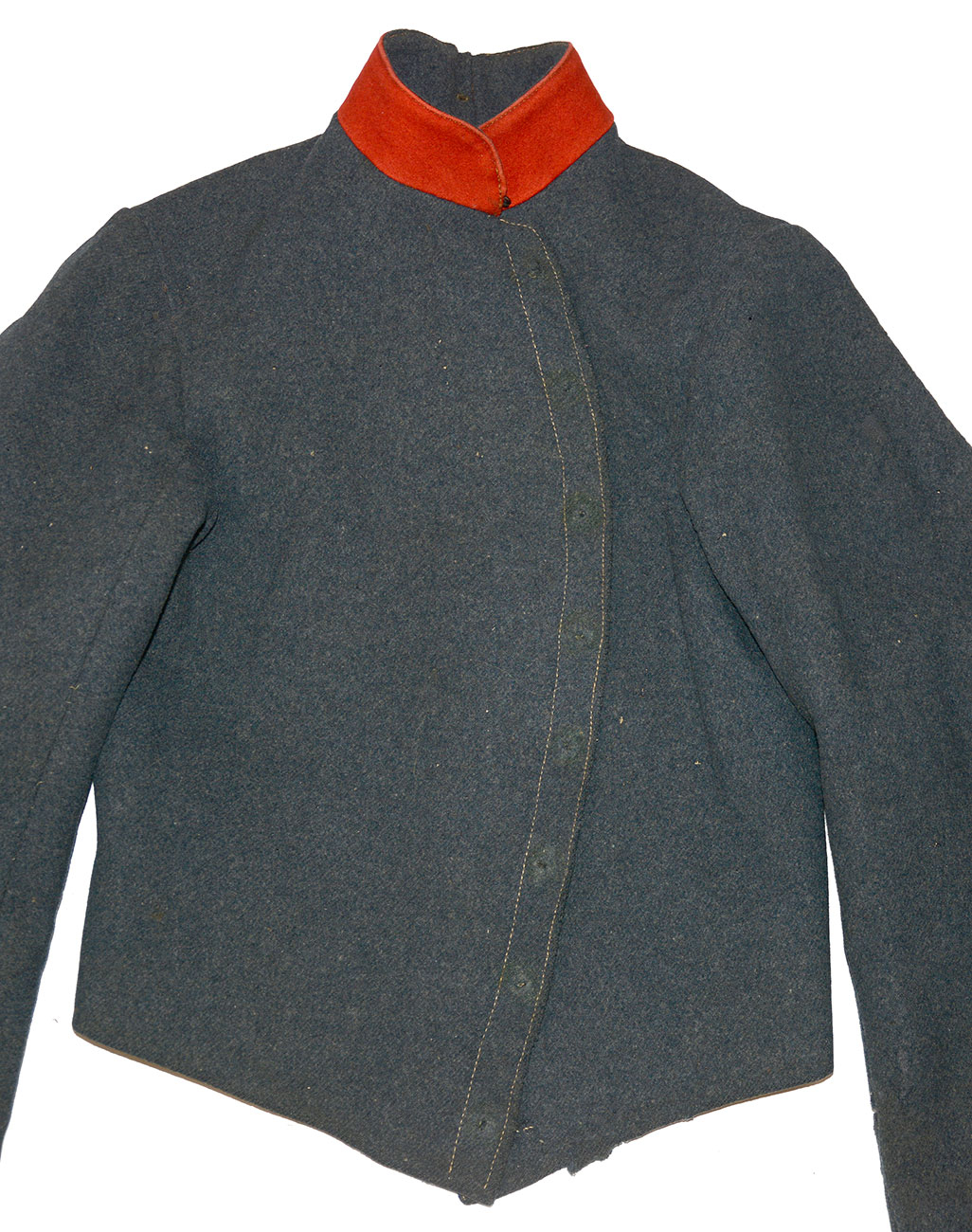
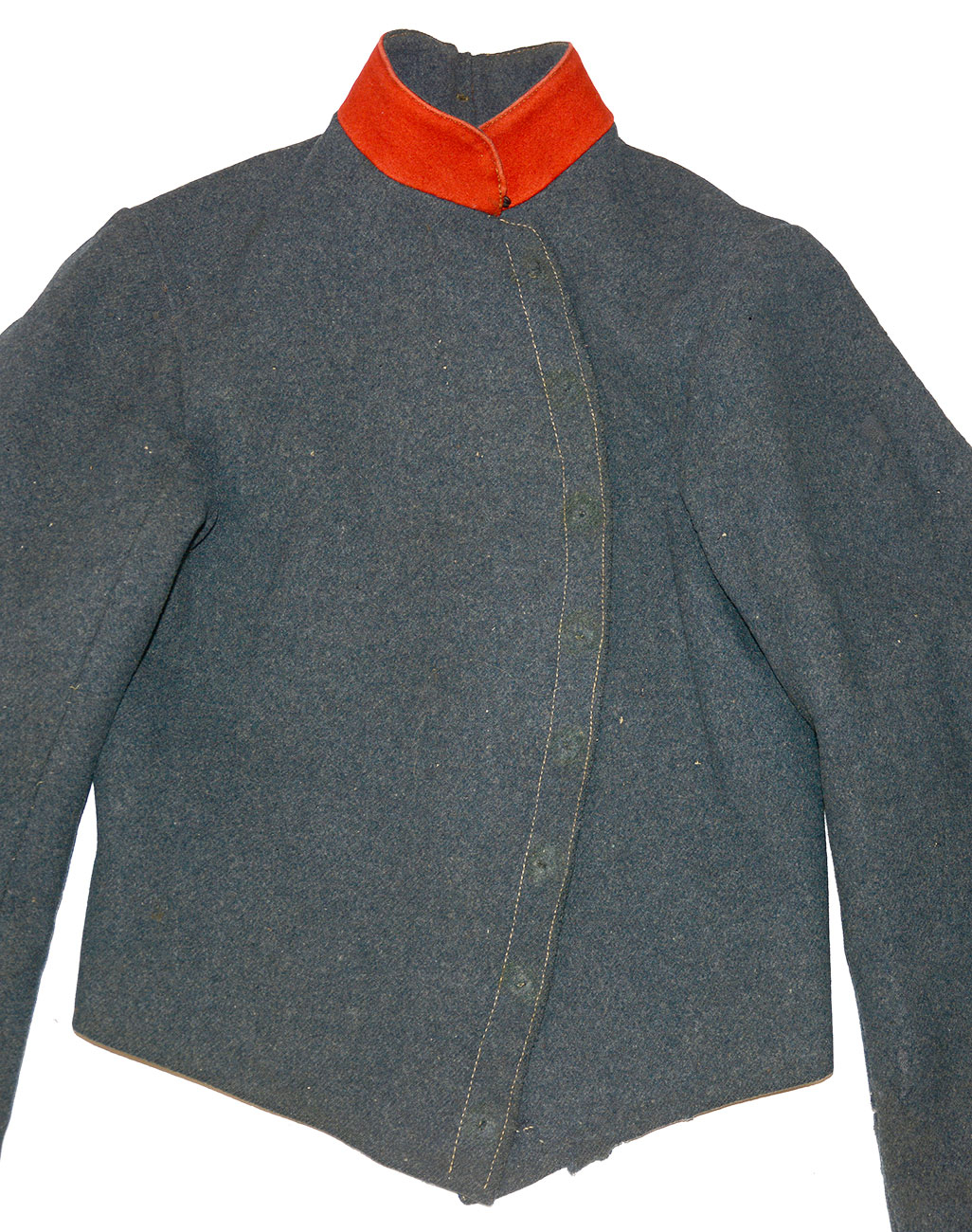
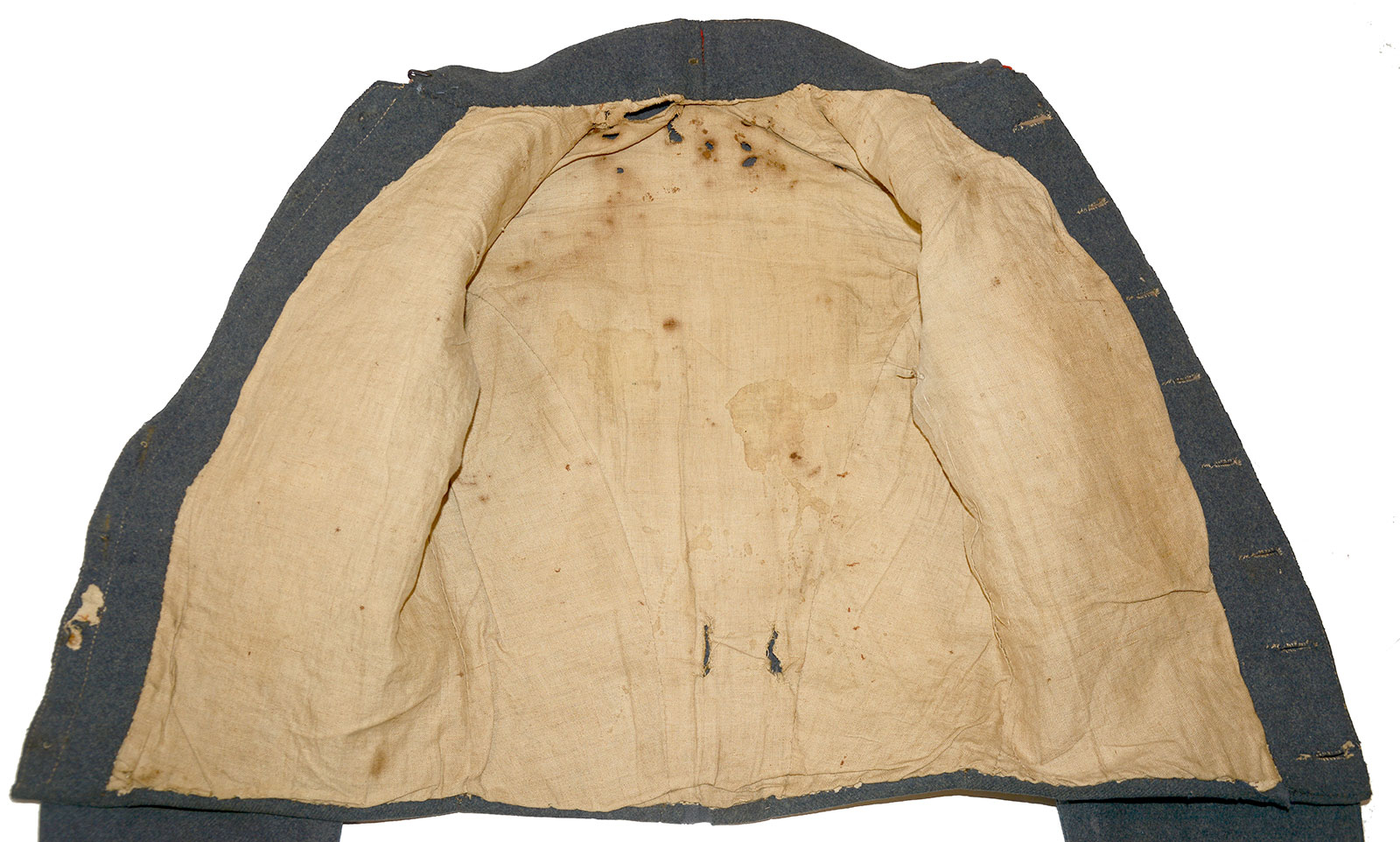
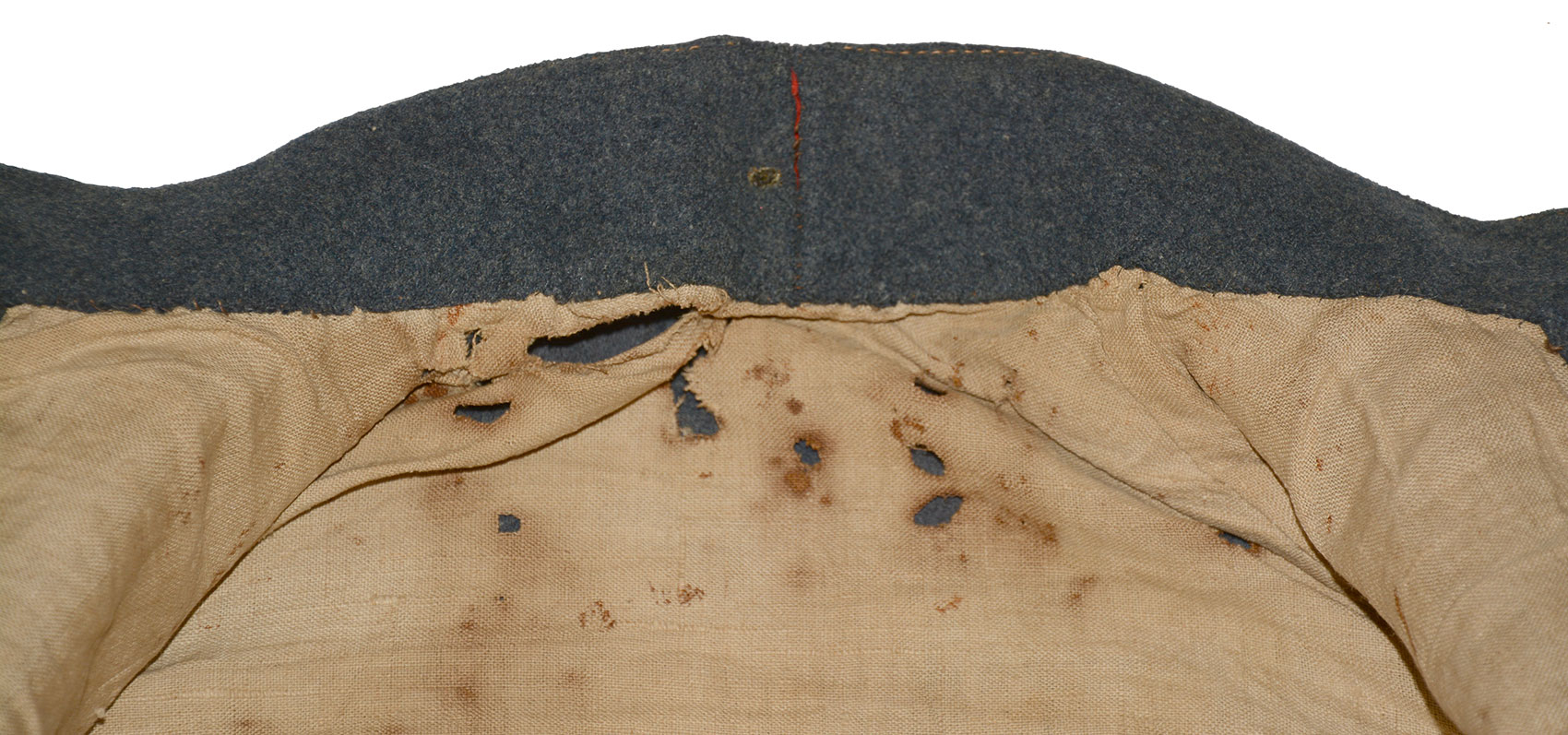
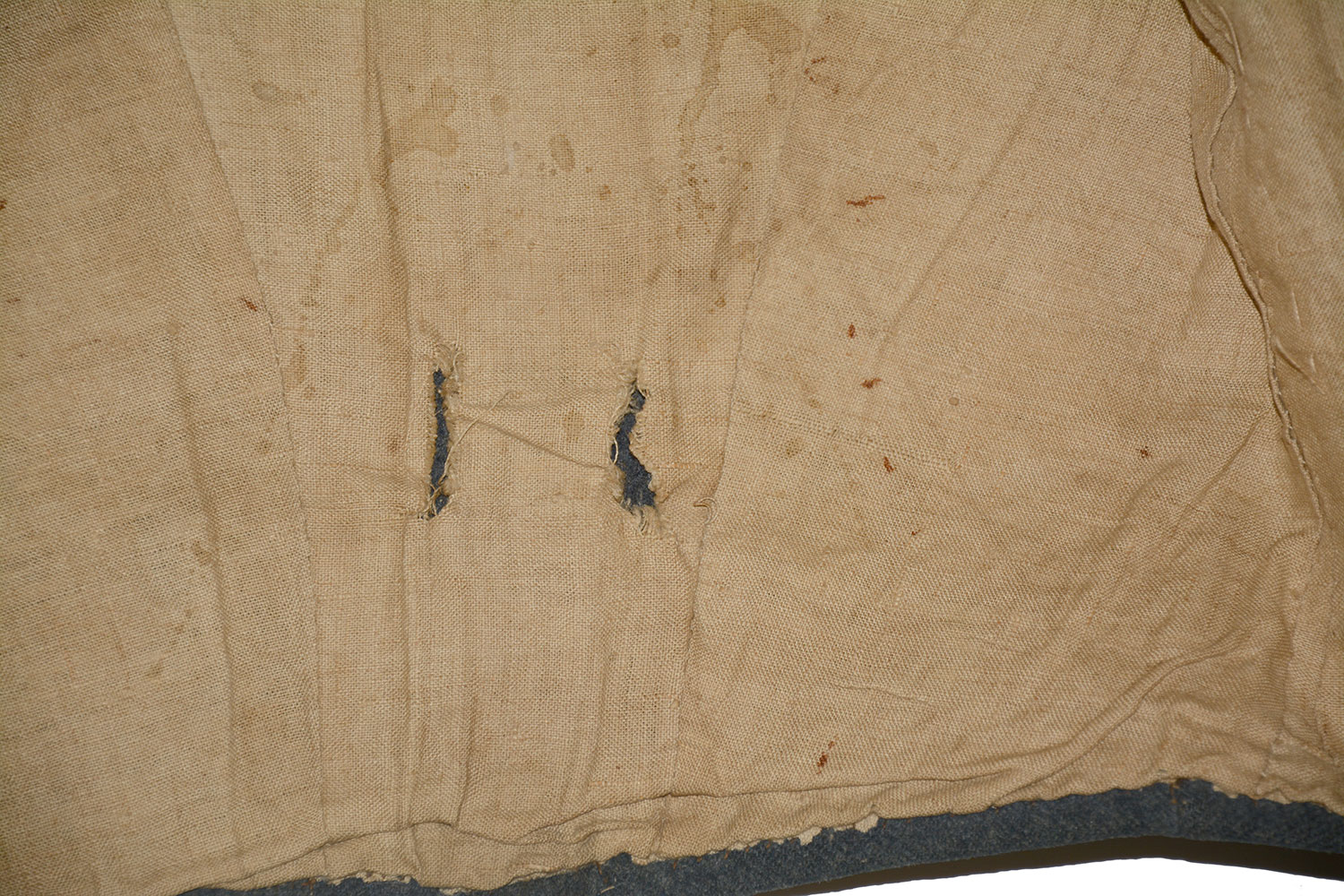
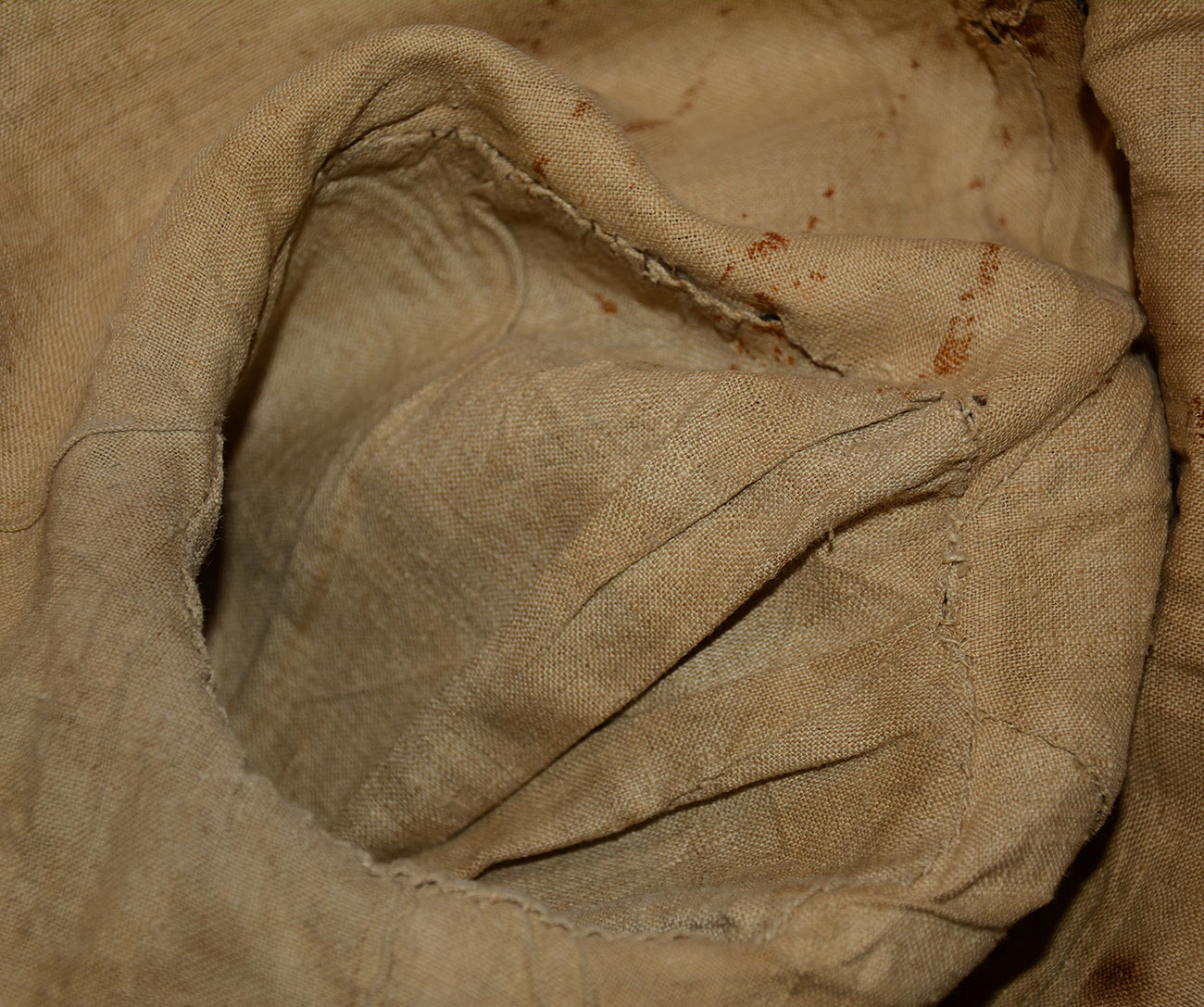
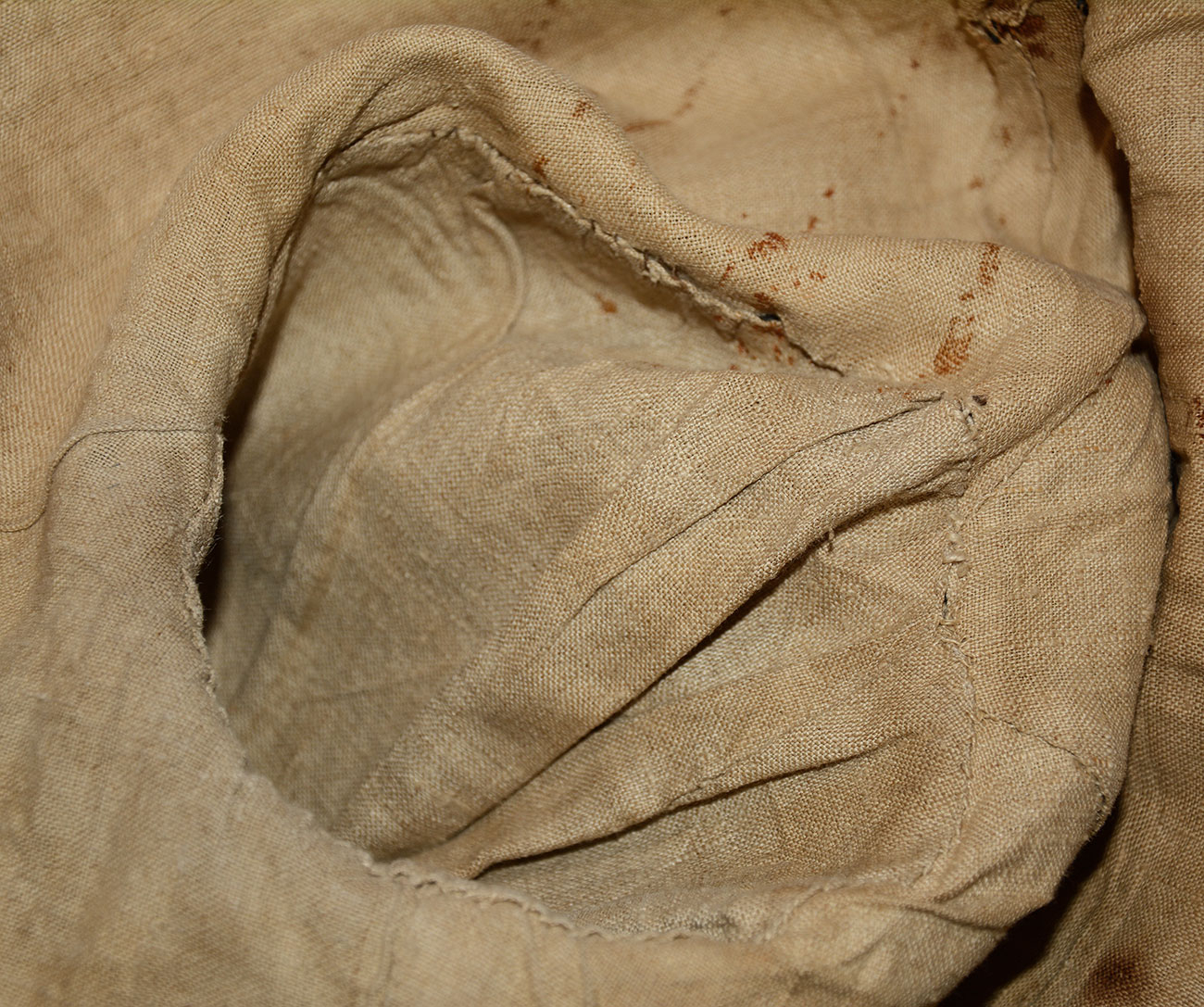
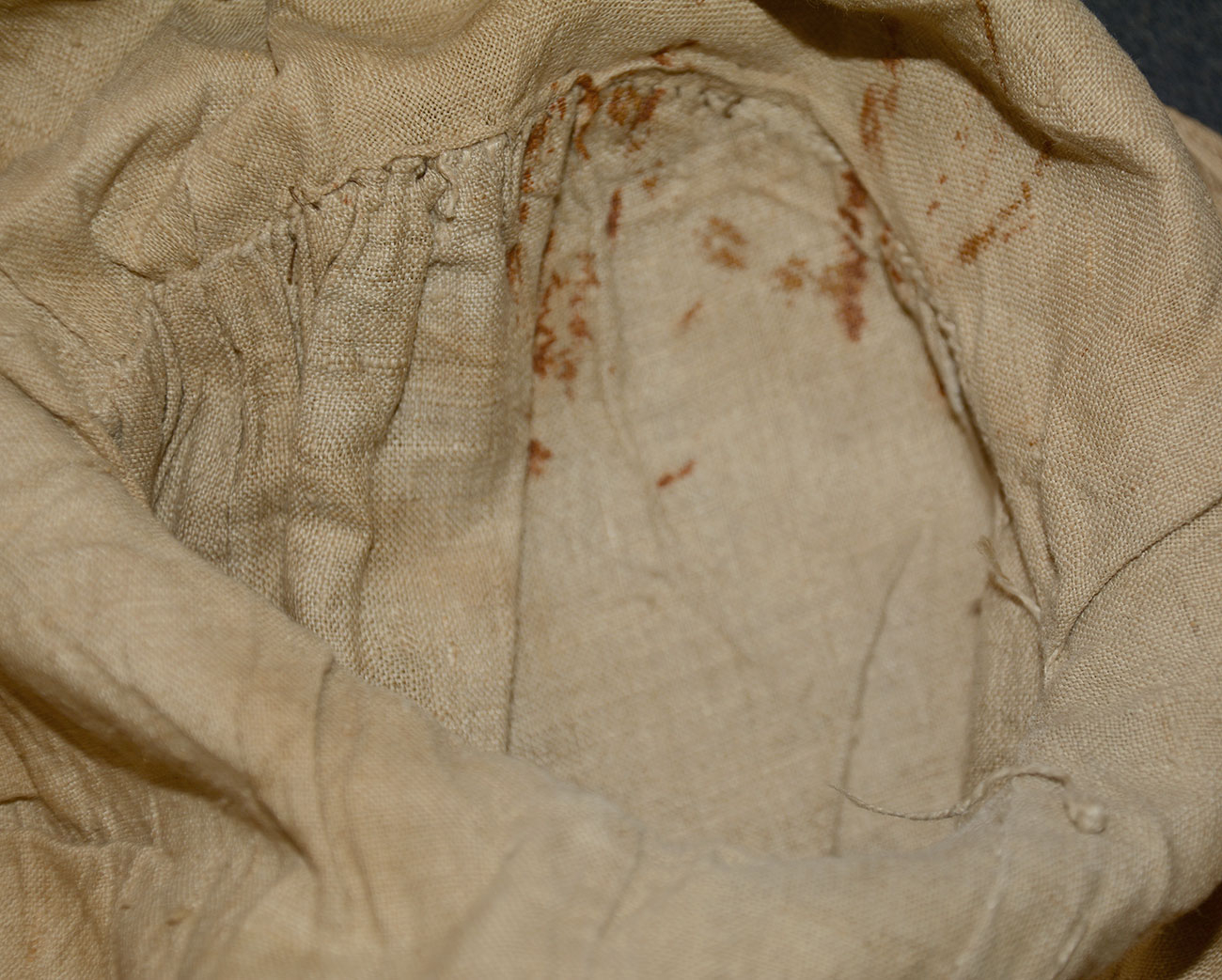
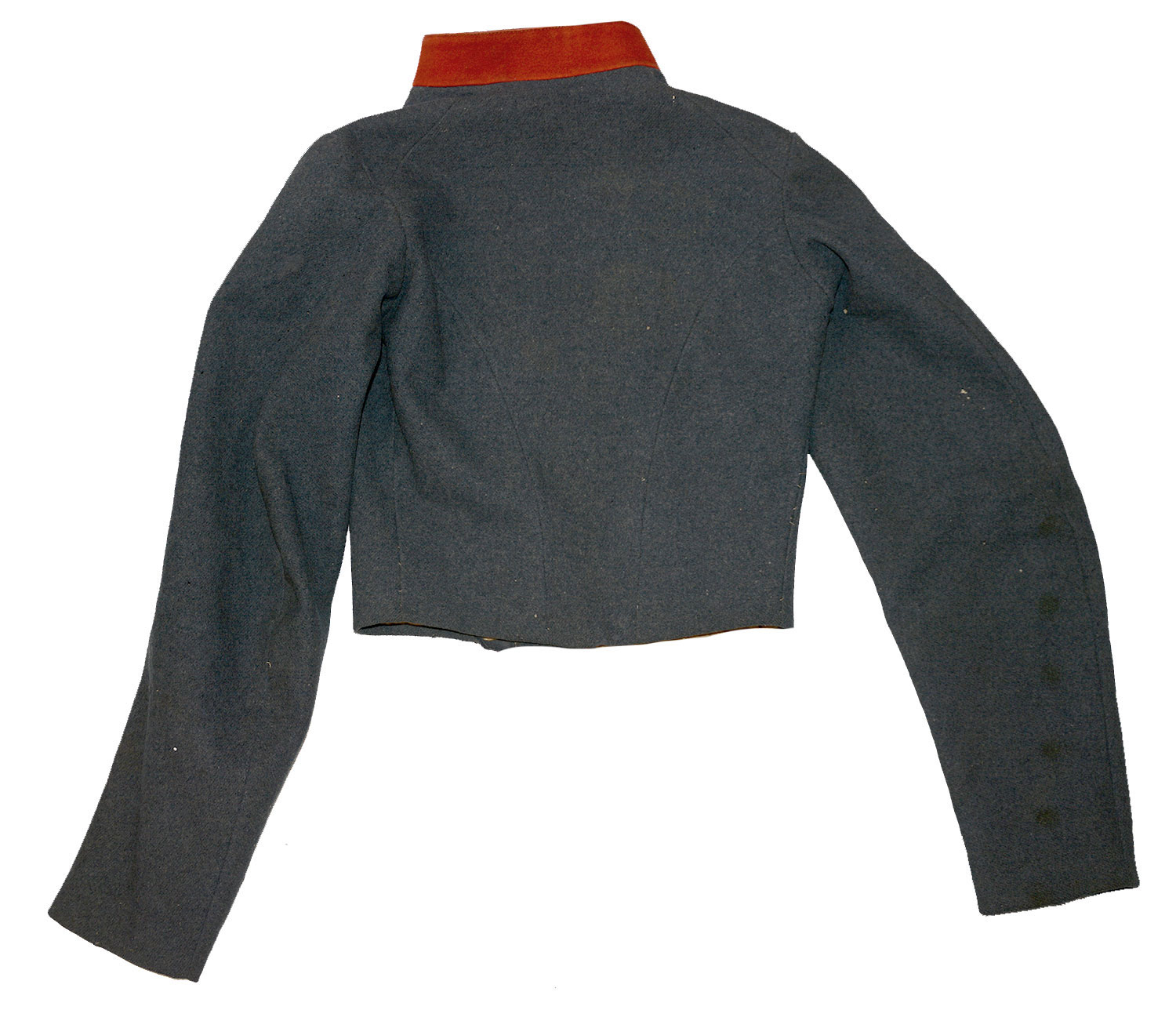
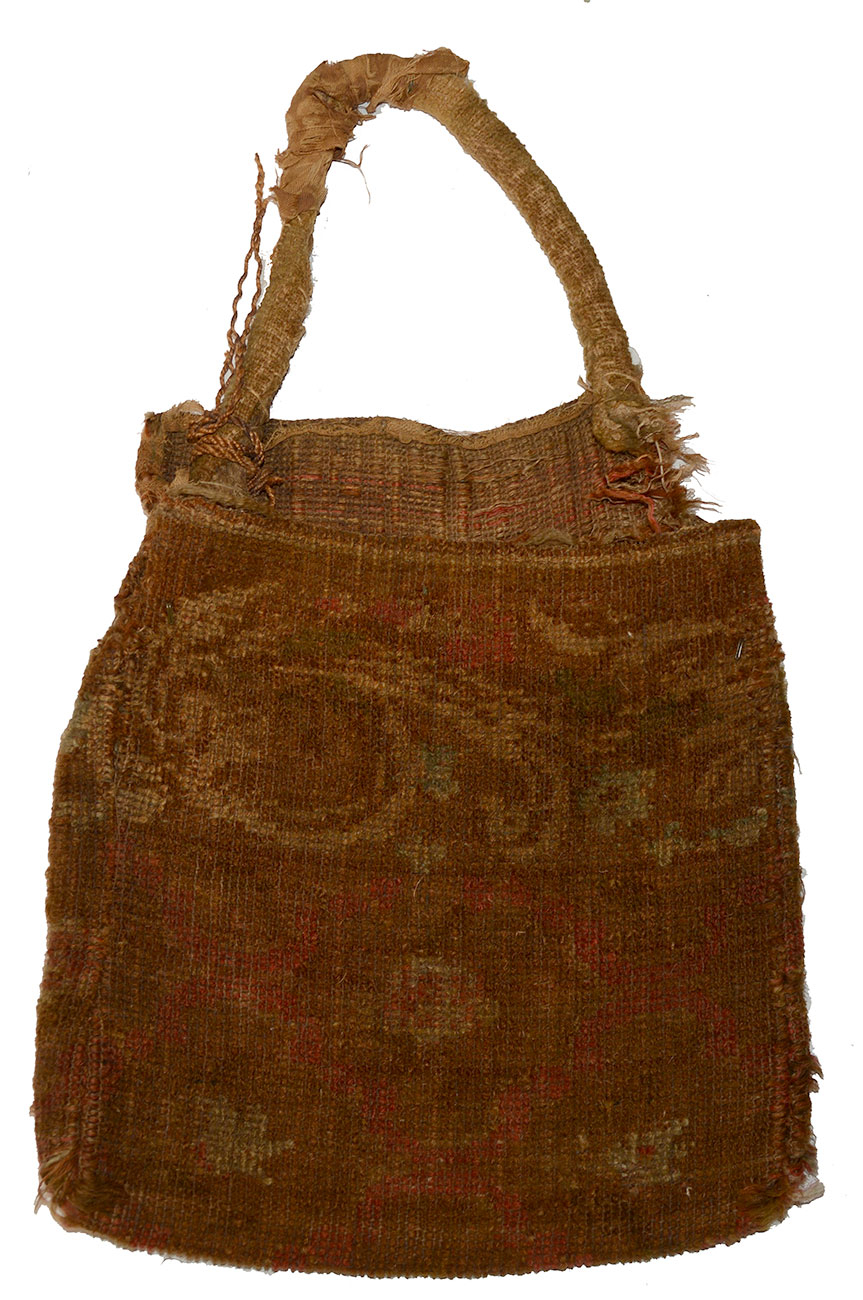
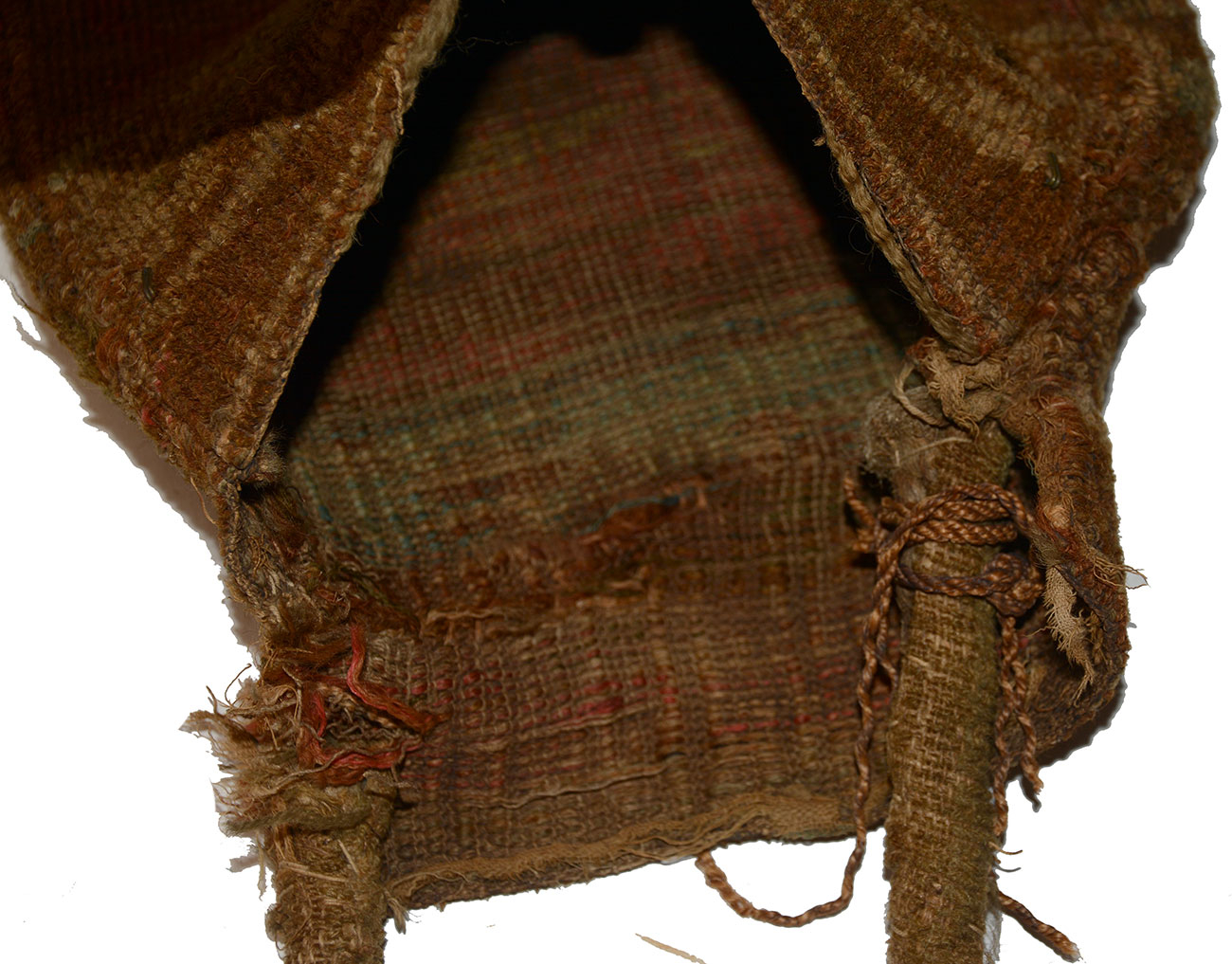
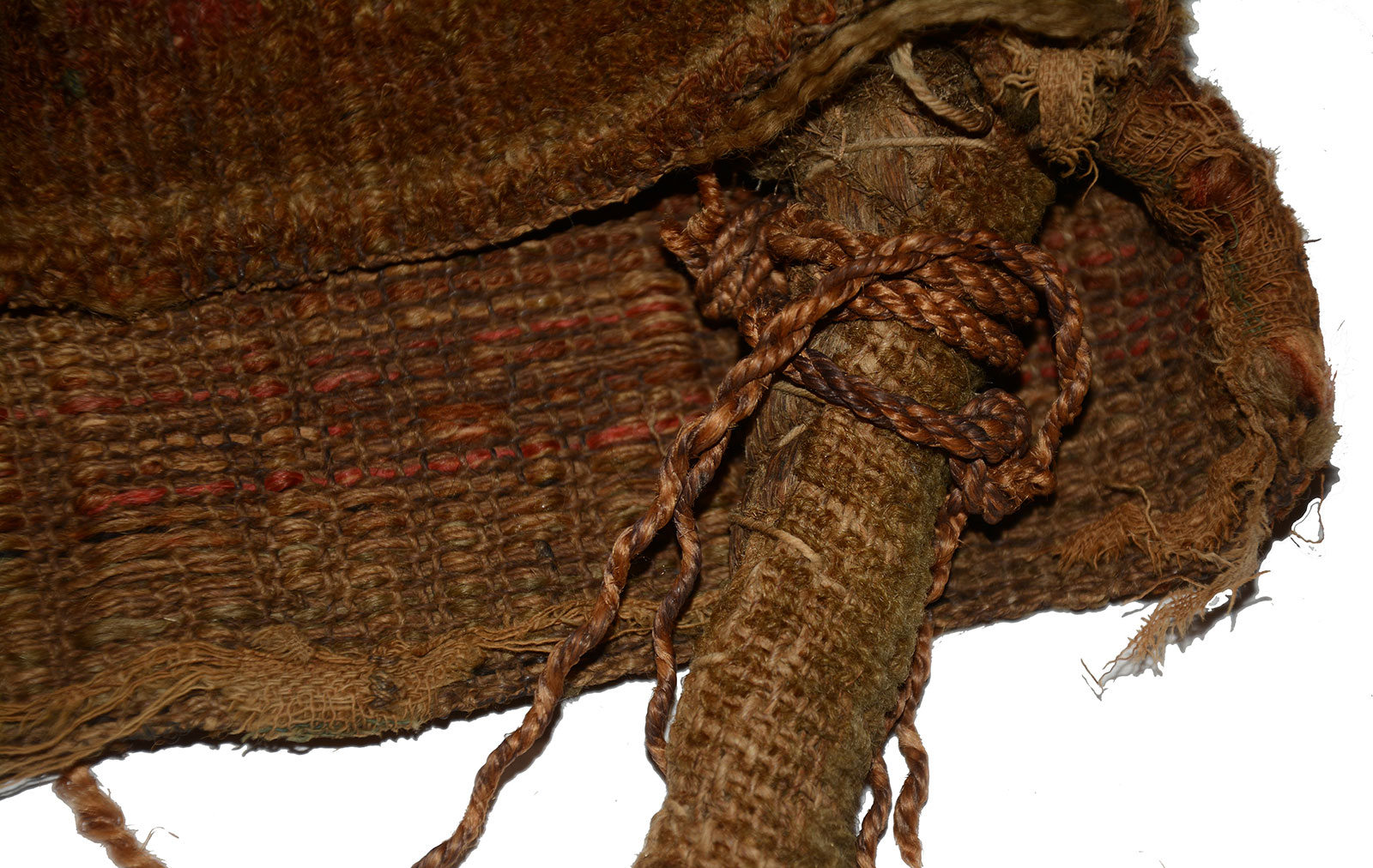
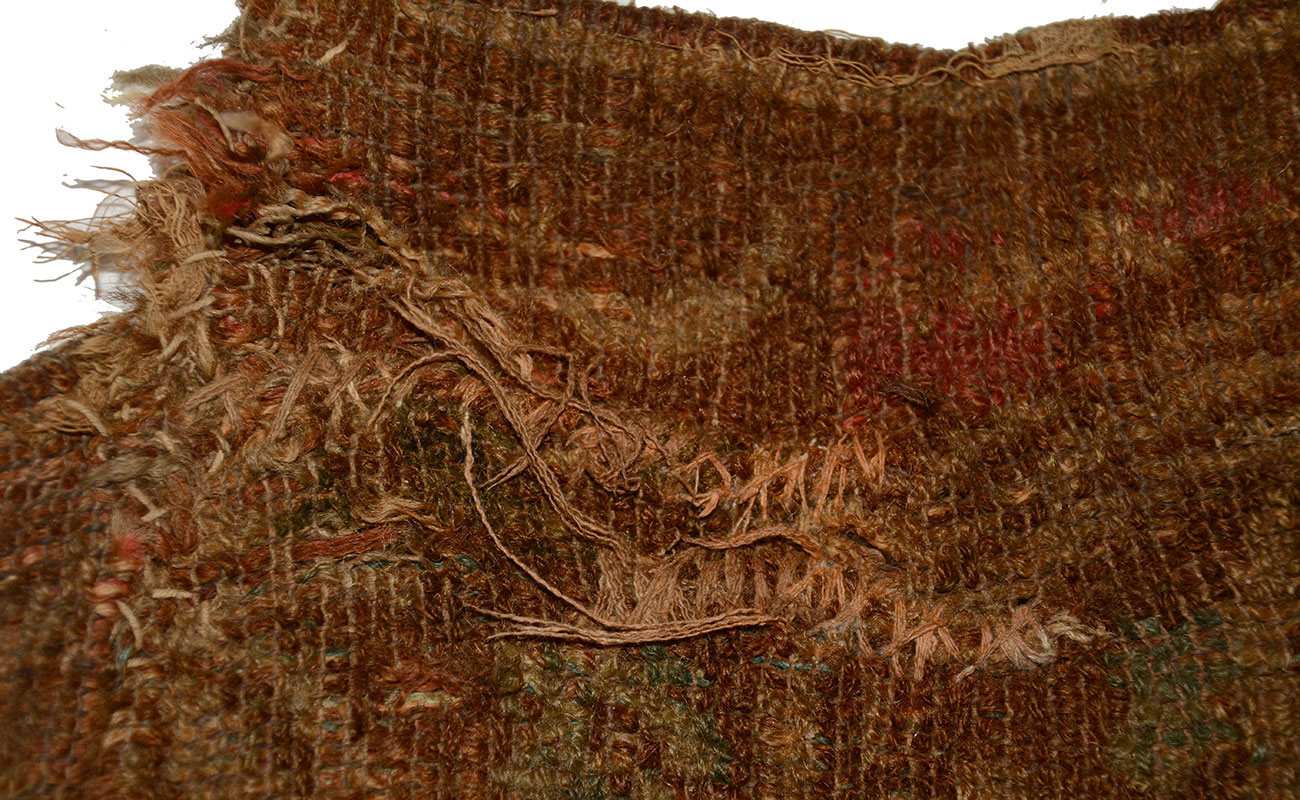
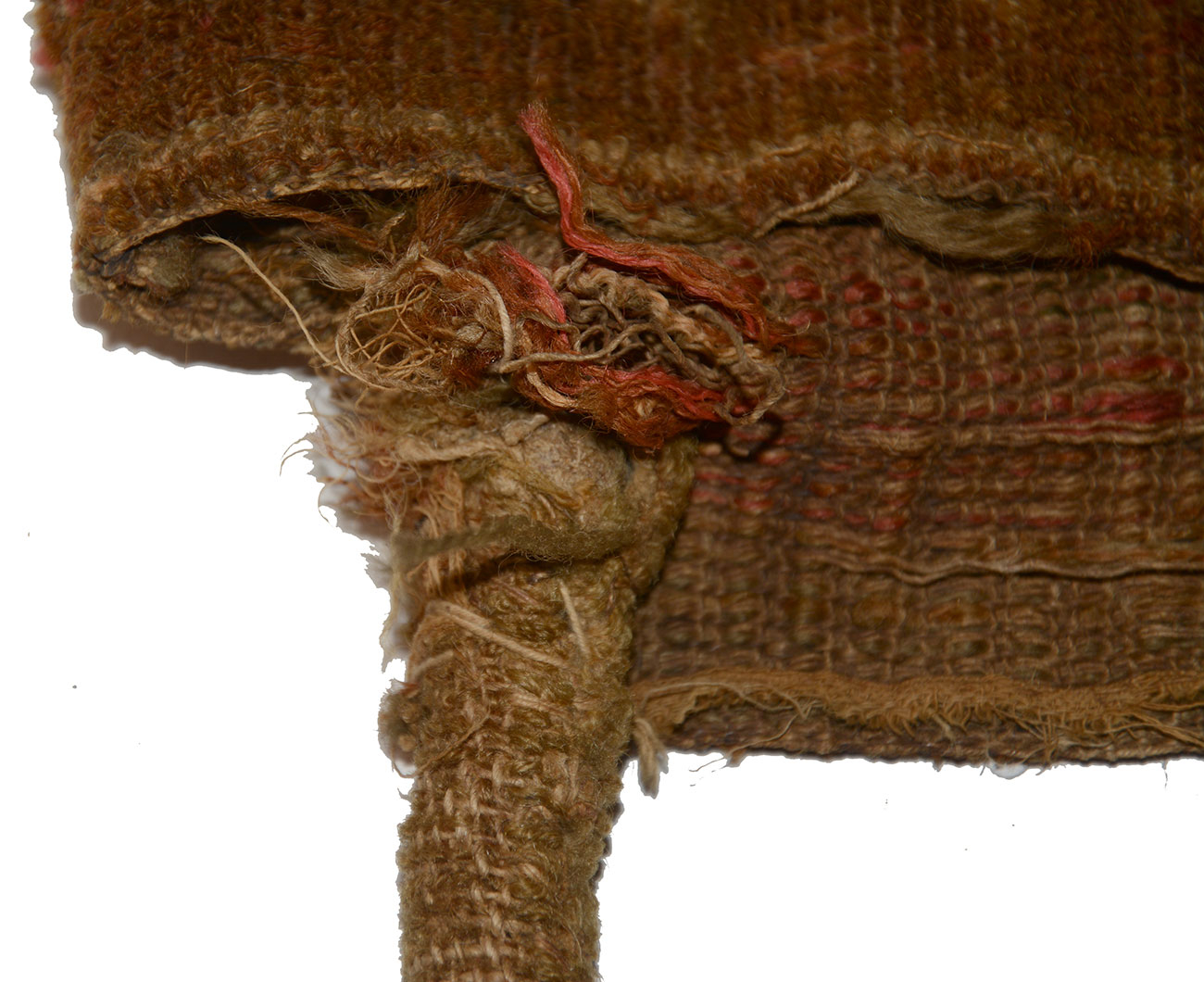
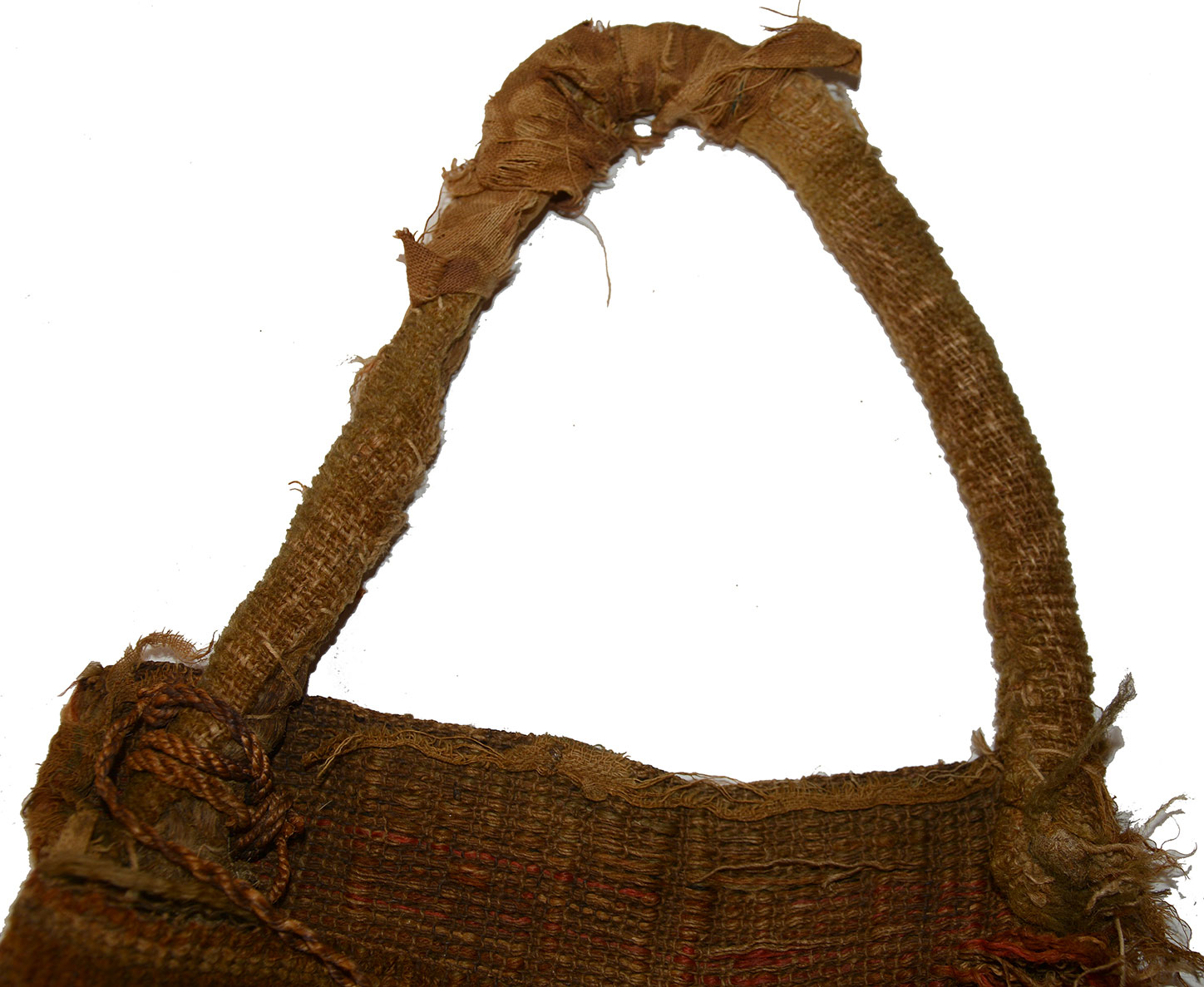
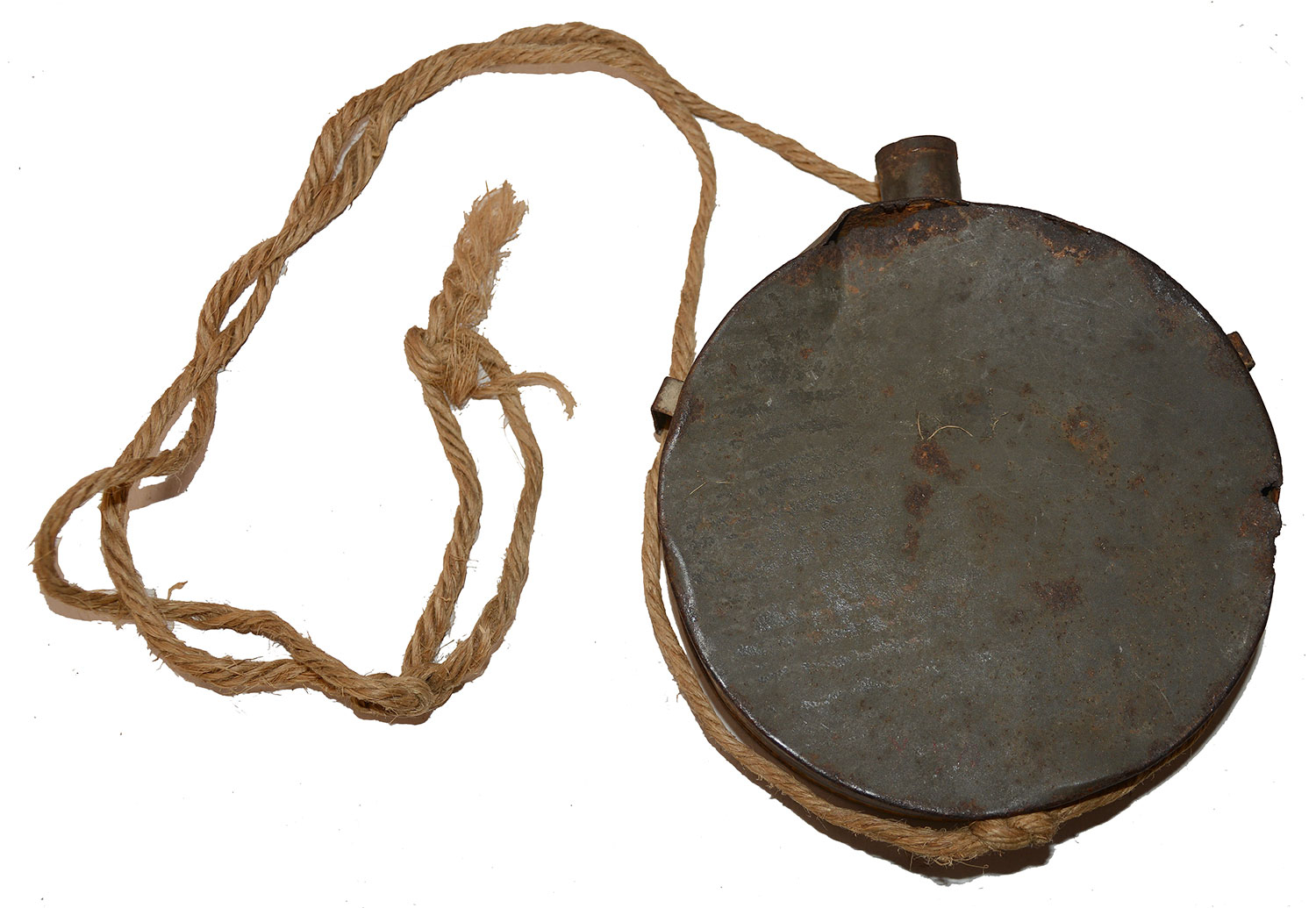

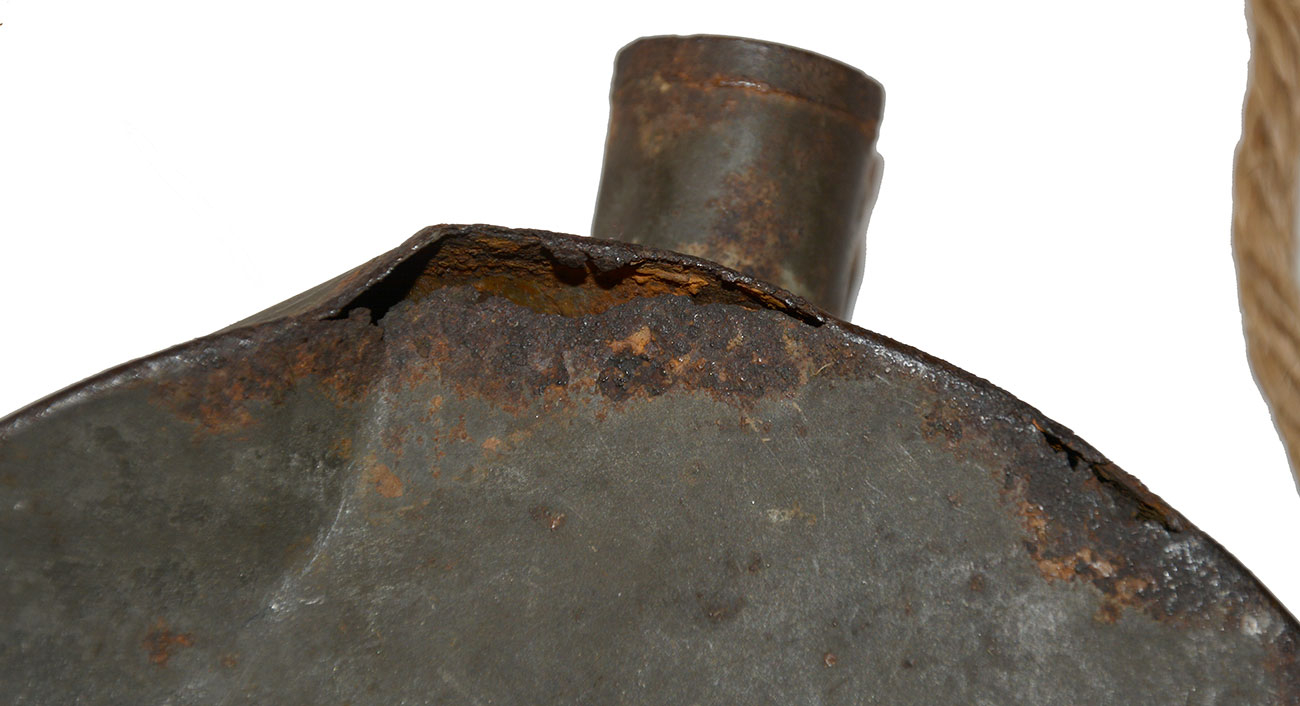

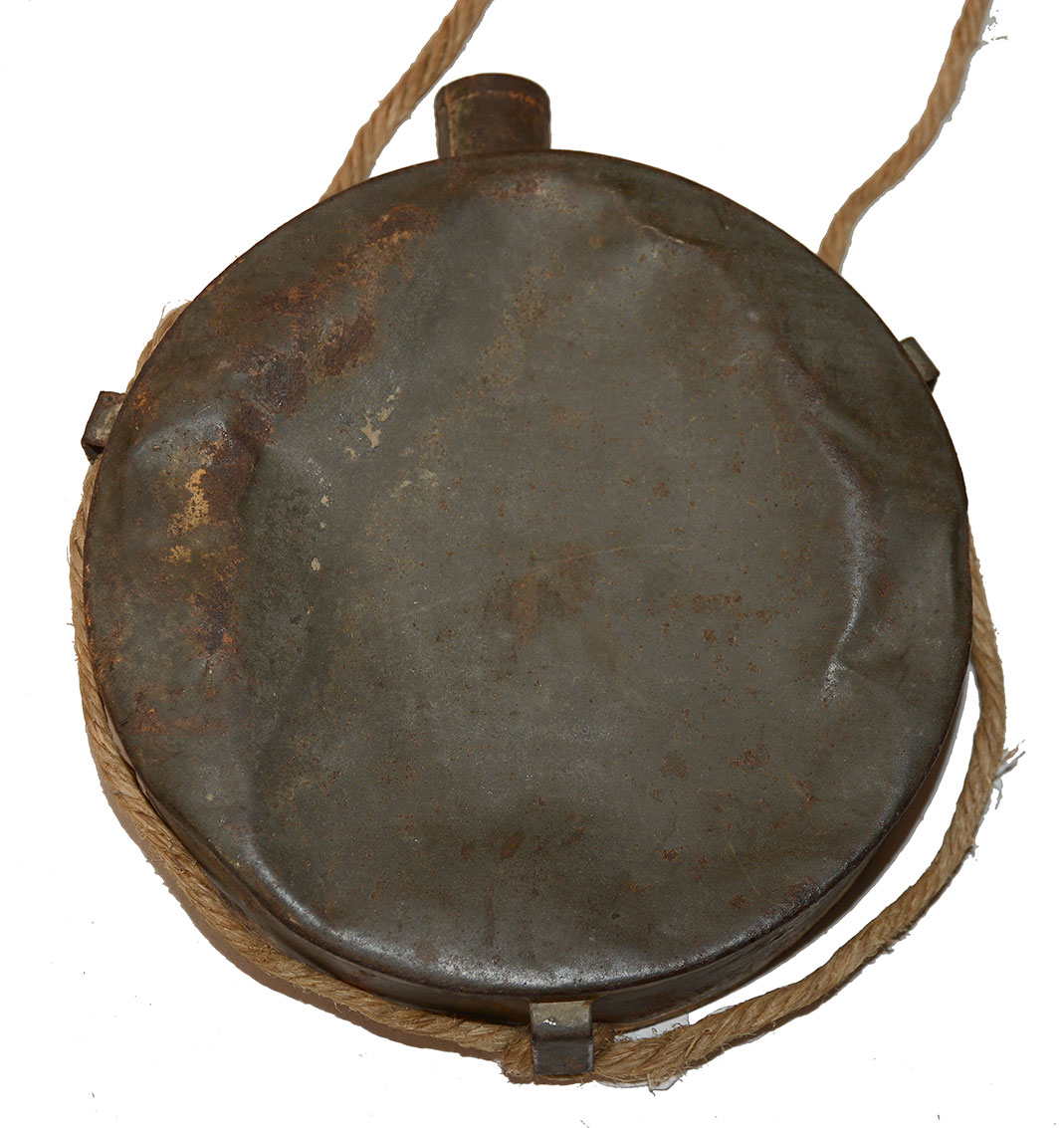
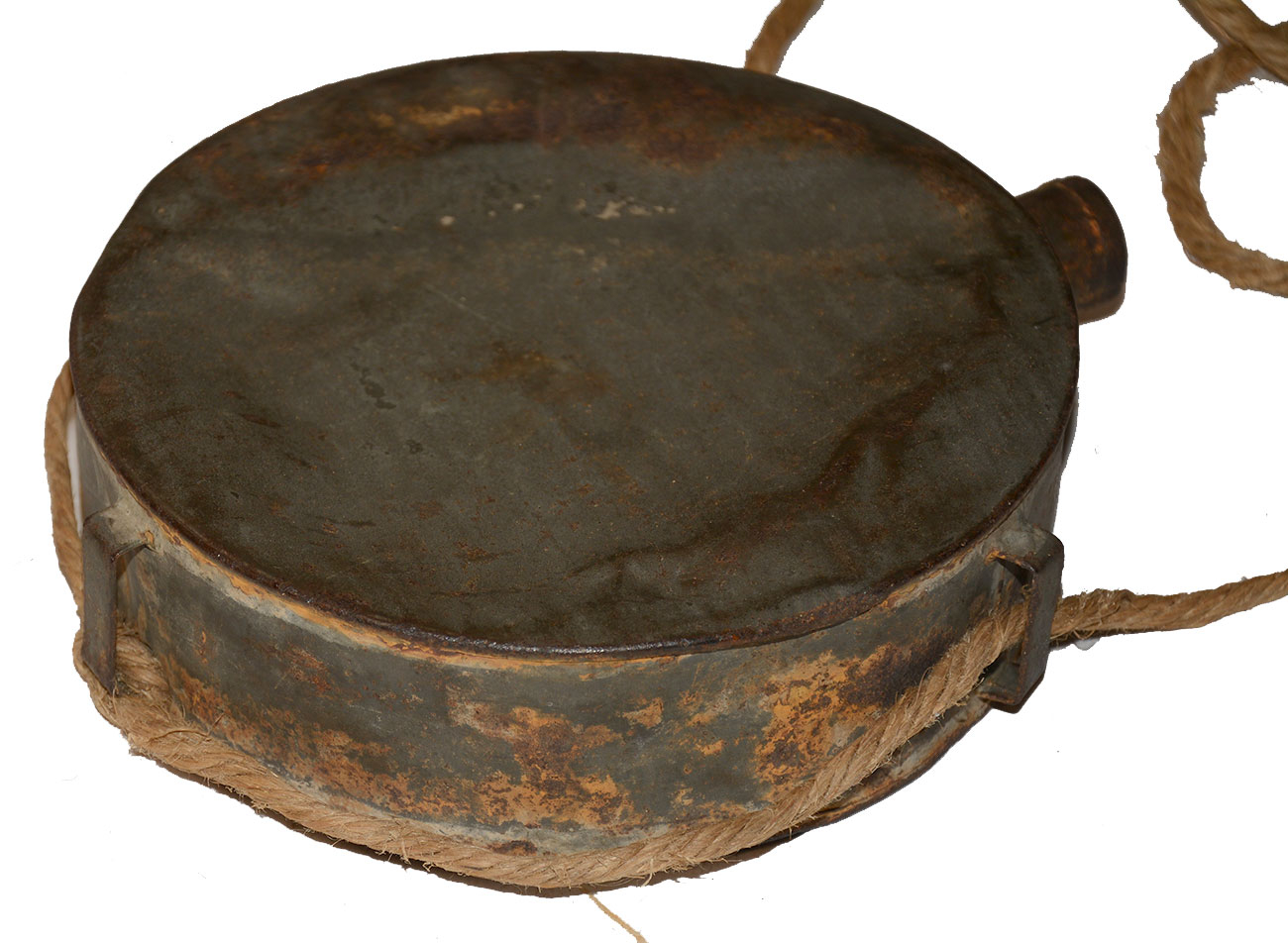
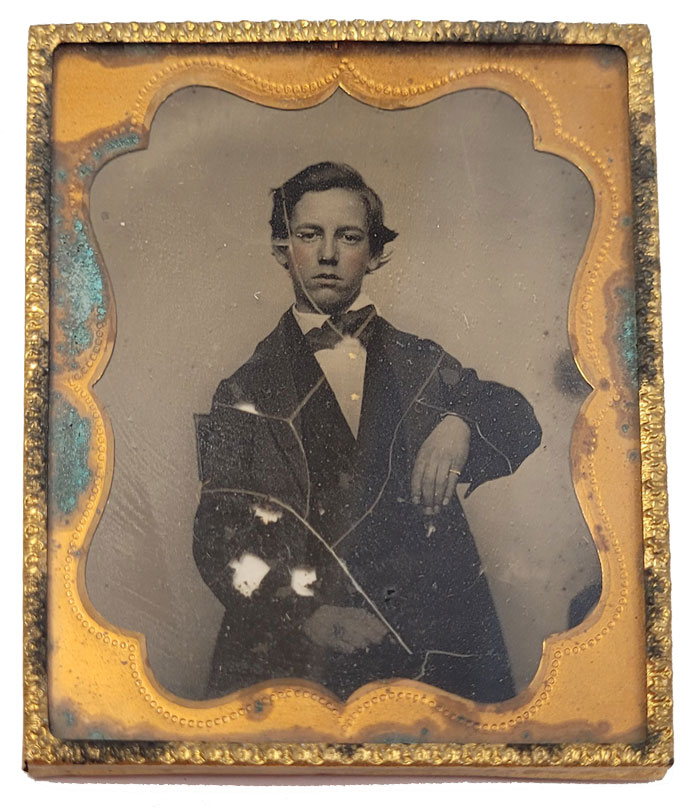
$59,500.00
Quantity Available: 1
Item Code: 1268-552
Shipping: Determined by Method & Location of buyer
To Order:
Call 717-334-0347,
Fax 717-334-5016, or E-mail
This is a rare, published, artillery shell jacket made by Peter Tait of Ireland. It was run through the Union Blockade for the Confederacy. We will present this offering in 5 parts: 1) The Tait story. 2) This jacket. 3) The wearer's history. 4) The facts. 5) Additional items.
THE TAIT STORY: Peter Tait was born in Scotland but moved to Limerick, Ireland as a youth. Tait by the mid-1840s was involved in the dry goods business. He saw that there was a future in the sale of clothing, and in 1850 he took on his first employees in order to increase mainly his shirt production. By 1853 he was advertising for 500 additional staff. Use the new singer sewing machine allowed him to further increase his level of production. His most lucrative clients were the British Army. Tait’s factory was producing uniforms that were used in the Crimean War. Near the close of the Crimean War the British developed the Pattern new 1856 uniforms and Tait won a lucrative contract. He produced well over 100,000 uniforms for that army between 1856 and 1858.
Tait's enterprise came to the attention of Confederate agents overseas and in December 1863. Soon 50,000 caps, greatcoats, jackets, trousers, shirts, blankets, boots, stockings and haversacks were ordered by the Confederate Government in Richmond. Tait also entered into a separate contract with the State of Alabama in June 1864. Tait employed ships such as the Evelyn and the Condor to run the blockade with varying degrees of success but generally speaking the enterprise thrived and benefitted and pleased both Tait and the Confederacy.
All Tait jackets or "Tait type" jackets (as the style was most likely also made with Tait's sanction by Alexander Collie and Hebbert & Co.) are late war products. They all share characteristics that readily identify them such as using cadet grey wool kersey with linen lining. They are further identifiable through their eight-button front, five-piece bodies, two-piece sleeves and wool broadcloth used for collar facings. Tait buttons are also regularly recovered by relic hunters on civil war sites, with the back mark "P. TAIT & Co. LIMERICK" and "HEBBERT & Co. LONDON". The most common associations for both the jackets and the buttons are with Northeastern Carolina and Joe Johnston's Campaign, the Petersburg Siege and the Appomattox Campaign. A total of 53,600 were ultimately imported into the Southern Confederacy. The Tait Jackets were made with blue collar facings for infantry and red for artillery with the appropriate "I" or "A" buttons, none to our knowledge were made for cavalry.
THIS JACKET: The dark gray wool kersey jacket is unmarked inside on its linen lining regarding size but is rather small with approximately a 36-inch chest and a 32-inch waist. The lining is 95% intact with minor wear and tear. The 2-piece sleeve length is 24 inches with the elbow billowing to 7 1/2 inches. The gray wool stand-up collar is faced with red wool broadcloth representing artillery service. The collar is 1 1/2 inches high. It closes with a metal hook and eye, but the eye is missing along with about a 1 inch by 3/4 inches of the collar. Mr. Richey had this jacket sent to Textile Preservation Services of Texas (TPST) in 2013 where some stabilizing and backing of the few larger holes was accomplished; this report passes to the buyer). Internally there is a single linen pocket which is on the left breast and opens for 6 inches vertically. There are remnants of Tabacco in it still. The body is constructed in 5 pieces, and it has a single breasted 8 button front. All the buttonholes are hand whipstitched, and it appears that the entire uniform, at least externally, is hand sewn. None of the original manuscript "A" buttons that were factory sewn on the jacket are in place (we will go into this in more detail later). There is scattered insect damage with the largest being as much as an inch by an inch, but these are few and have been backed to disguise them by TPST. The overall condition is remarkable for a Confederate uniform jacket. Once sewn to the coat is an old 5 1/2 by 2 3/4-inch paper tag the reads: "This jacket worn by B. S. Pendleton, Co. B, 2nd Virginia Infantry, Stonewall Brigade, Army Northern Virginia, worn at the surrender of General Lee April 9, 1865. B. S. Pendleton" (pen signed).
THE WEARER'S HISTORY: Benjamin Strother Pendleton was born in 1842 and was working as a clerk when he enlisted on 18 June 1861 at the age of 19 as a private in the Second Virginia Co. B. The 2nd Virginia Infantry was assembled at Charles Town in April 1861, then moved to Harper’s Ferry to seize the armory. The unit was accepted into Confederate service in July. Its companies were from the counties of Clarke, Frederick, Floyd, Jefferson, and Berkeley. It became part of the Stonewall Brigade and served under Generals T.J. Jackson, R.B. Garnett, Winder, Paxton, J.A. Walker, and W. Terry. The 2nd fought at First Manassas, First Kernstown, and in Jackson’s Valley Campaign. It went on to fight with the Army of Northern Virginia from the Seven Days’ Battles to Cold Harbor except during the Maryland Campaign when it was detached to Martinsburg as provost guards. Later the unit was involved in Early’s operations in the Shenandoah Valley and the Appomattox operations. It reported 90 casualties at First Kernstown, 25 at Cross Keys and Port Republic, 27 at Gaines’ Mill, and 77 at Second Manassas. The regiment lost 2 killed and 19 wounded at Fredericksburg, had 8 killed and 58 wounded at Chancellorsville, and had about eight percent of the 333 engaged at Gettysburg disabled. On April 9, 1865, it surrendered with 9 officers and 62 men.
Pendleton served in the ranks until November 26, 1862, he was then detailed to serve as an orderly to a Stonewall Brigade commander Brigadier General Elisha F. Paxton. After Paxton's death at Chancellorsville, he remained on the brigade staff but as Brigadier General James A. Walker's orderly until April of 1864. He surrendered at Appomattox on April 9, 1865, as one of only 62 remaining members of the 2nd Virginia. He died in 1931 at the age of 88 and is buried in Shepherdstown, West Virginia. As an orderly he was often referred to in his records as a courier. He was assigned a horse to carry out these courier duties. Also, in his records, which pass to the buyer, is a "RECEIPT ROLL for clothing" signed by Pendleton and dated 4 Dr. (December) 1864. This allows one to know he wore this designated artillery jacket for 5 months which explains the condition. Why he "drew" an artillery uniform is anyone's guess.
THE FACTS: For years this uniform was not only hailed as one of the finest of its type known but also "worn by Stonewall Jackson's personal courier". This is rubbish as you found out when you read above. I am sure his bosses sent him to Jackson's headquarters not a few times, but he did not work directly for Jackson. And even if he did, which he did not, so what! It is his Tait late war jacket made no earlier than January 1864 being sold not the ghost of Pendleton. Additionally, this compiler saw and handled this jacket at Mr. Bill Turner's home in La Plata Maryland in 1987. When last sold by Texas auctioneers the pre-auction description reads, " Heavily worn by Private Pendleton, the shortages of buttons at the close of the war are exhibited in this uniform which has a combination of five 'CS' staff buttons, one Old English script 'I' button and two eagle buttons. They are held in place by square-cut nails that run through the shank of the button inside the fabric of the coat." When I saw it at Turner's there were 4 buttons on it. Three were "CS" staff buttons and the other one was possibly an eagle button. At that time, I did notice that the buttons held on by horseshoe or "square-cut" nails. This I thought was strange! When I ran that by one of this country's oldest collectors of Confederate memorabilia his exact words to me were, "Son one thing I can assure you is this that despite the desperate straits the Confederacy found themselves in by war's end they could always find a piece of thread." The prospective buyer is advised that this jacket probably had artillery buttons on it at the time of the war. It may have had other buttons like Virginia state seal buttons put on it by Pendleton himself, but it is highly unlikely this low private would have festooned his jacket with Confederate staff officer buttons even though he "was Jackson's personal courier"; which he was not. Now you may say you have not a "thread of evidence" but Mr. Richey when he displayed this jacket did so with no buttons and that is how it is being sold by us. Maybe Pendleton sold better for others if he was another Pheidippides? As the well-worn legend goes, after the badly outnumbered Greeks somehow managed to drive back the Persians who had invaded the coastal plain of Marathon, an Athenian courier named Pheidippides was dispatched from the battlefield to Athens to deliver the news of Greek victory. After running about 25 miles to the Acropolis, he burst into the chambers and gallantly hailed his countrymen with “Nike! Nike! Nenikekiam” (“Victory! Victory! Rejoice, we conquer!”). And then he promptly collapsed from exhaustion and died.
ADDITIONAL ITEMS: Also, with the group is a Confederate tin drum canteen one flat side one convex side. It measures 6 inches in diameter. It has a hemp cord, and its condition is well used with some areas of corrosion. There is a 1/6th plate Ambrotype of Pendleton in civilian clothing and a home spun carpet bag measuring 13 by 12 inches.
The rarity of this Tait blockade run Confederate jacket cannot be overstated. It is discussed in and featured on the cover of "Imported Confederate Uniforms of Peter Tait & Co., Limerick, Ireland" by Frederick R. Adolphus. It is perhaps one of two known in private hands. [pe][ph:L]
~~~~~~~~~~~~~~~~~~~~~~~~~~~~~~~~~~~
THIS ITEM, AS WITH ALL OTHER ITEMS AVAILABLE ON OUR WEB SITE,
MAY BE PURCHASED THROUGH OUR LAYAWAY PROGRAM.
CLICK HERE FOR OUR POLICIES AND TERMS.
THANK YOU!
Inquire About IDENTIFIED CONFEDERATE "TAIT TYPE" JACKET
Most Popular
Historical Firearms Stolen From The National Civil War Museum In Harrisburg, Pa »
Theft From Gravesite Of Gen. John Reynolds »
Selection Of Unframed Prints By Don Troiani »
Fine Condition Brass Infantry Bugle Insignia »
Large English Bowie Knife With Sheath 1870’S – 1880’S »
Imported (Clauberg) Us Model 1860 Light Cavalry Officer's Saber »
featured item
LAP WRITING DESK – PRESENTED TO GENERAL BUTLER, 1864 (EX-TEXAS MUSEUM COLLECTION)
Perhaps no popular figure of the Civil War is as controversial or contradictory as General Benjamin F. Butler. One of the political generals to survive well into General Grant’s tenure as overall commander, he was as reviled as he was beloved… (1268-1014). Learn More »


